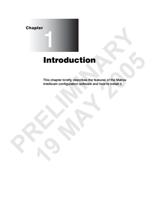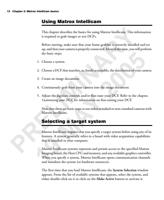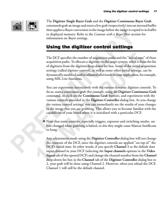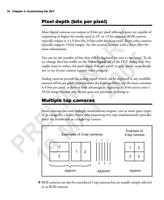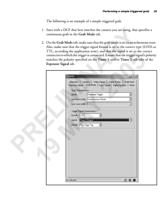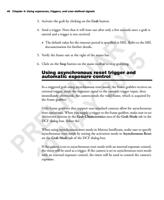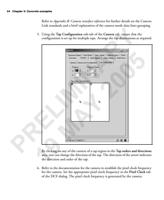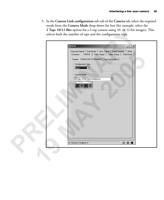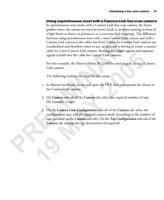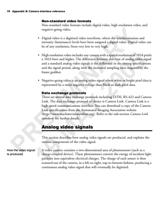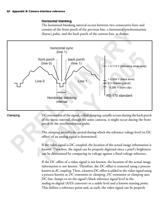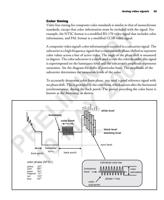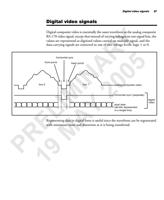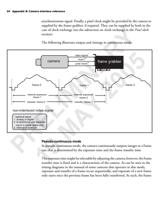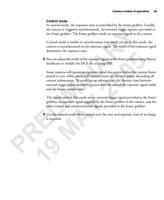Page 85 of 120

Analog video signals 85
Color timing
Video line timing for composite color standards is similar to that of monochrome
standards, except that color information must be included with the signal. For
example, the NTSC format is a modified RS-170 video signal that includes color
information, and PAL format is a modified CCIR video signal.
A composite video signal’s color information is encoded in a subcarrier signal. The
Y subcarrier is a high frequency signal that is continuously phase-shifted to represent
color values across a line of active video. The angle of the phase shift is measured
in degrees. The color subcarrier is a clock used to run the color decoder; this signal
R is superimposed on the luminance level and the subcarrier’s amplitude represents
saturation. See the diagram for shifts of particular hues. The amplitude of the
A 5 subcarrier determines the saturation levels of the color.
IN 0 To accurately determine color from phase, you need a good reference signal with
no phase shift. This is provided by the color burst, which occurs after the horizontal
0 synchronization, during the back porch. The period preceding the color burst is
known as the breezeway, as shown:
LIM Y 2 breezeway
color burst
RE MA horizontal
sync
Pfront porch
19 color phase (NTSC)
back porch
white level
black level
blanking level
sync level
individual color bar
yellow 167°
cyan 283°
green 241°
magenta 61°
red
103°
blue 347°
luminance
level
color
subcarrier
phase = hue
color
saturation







